
Jason Vazquez is a staff attorney at the International Brotherhood of Teamsters. He graduated from Harvard Law School in 2023. His writing on this blog reflects his personal views and should not be attributed to the Teamsters.
Early next year, in Loper Bright Enterprises v. Raimondo, the Supreme Court is poised to decide whether to upend its ruling in Chevron, U.S.A., Inc. v. NRDC. Chevron established the familiar principle, now a bedrock of administrative law, that judges must defer to a regulatory agency’s “reasonable” interpretation of an ambiguous provision in a statute Congress entrusted it to administer. This doctrine, which in recent years has surfaced as a primary target of conservative legal thinkers, in theory strips a considerable degree of policymaking authority from the judiciary and vests it instead in politically accountable agency heads. Jettisoning the case would thus significantly expand conservative judges’ capacity to hamstring federal regulators across a sweeping array of policy domains, including environmental preservation, labor rights, workplace safety, public health, food and drug regulation, commercial competition, financial markets, energy production, and consumer protection, to enumerate a few. While scholars have pointed out that reactionary jurists’ rhetorical denunciations of the administrative state have so far eclipsed the Supreme Court’s inclination to actually curtail the executive branch’s regulatory authority, many commentators have previewed that the justices have signaled an intent to depose the Chevron regime this term. If Chevron deference is narrowed or eliminated, how would that remake federal labor law?
Nearly every provision of the NLRA, a capaciously framed statute characteristic of the New Deal era, permits considerable interpretive latitude, and the NLRB frequently adjusts the contours of its protections and proscriptions. While it is reasonable to fear that enlarging the policymaking purview of a federal judiciary largely insensitive (or even hostile) to class injustice will undermine the labor movement, eliminating Chevron deference may not radically reshape the NLRB’s existing role in formulating national labor policy.
To begin with, the NLRB, while nominally independent, is a profoundly politicized body. Its members, routinely enlisted from the ranks of the management or labor bar, all but explicitly recalibrate labor policy in accordance with the ideology of their nominating president and issue dizzying reversals of precedent under each new administration. Just last month, for example, the Biden Board released a new rule reinterpreting § 2(2) of the statute so as to expand the scope of joint-employer status, displacing the standard promulgated by the Trump Board which itself had displaced the one adopted by the Obama Board.
Judicial review of the Board’s decisions tends to reveal equally rigid ideological attitudes. Returning to the joint-employer example, it is not anomalous that the D.C. Circuit panel which upheld the Obama Board’s broader standard featured two Democratic-appointed judges in the majority and a Republican appointee in dissent. This sort of partisan pattern characterizes judicial review of nearly all the Board’s most visible policy initiatives. The academy has had no difficulty declaring that “[p]olitical commitments significantly influence” judicial review of NLRB decisions, as a plethora of scholarship discloses that federal judges are shockingly predisposed to affirm Board decisions that align with their ideological commitments and vice versa. One recent survey finds that the Board’s antilabor statutory constructions remain intact nearly ninety percent of the time before Republican-controlled courts while falling in most cases before Democratic-majority panels. Strikingly, this is where the courts expressly invoke Chevron, which they often decline to do in labor cases even when the doctrine should plainly govern. If Chevron did what it purports to do it would presumably preclude such an egregiously partisan review of the Board’s policy preferences.
To be sure, the most salient question is not necessarily the extent to which courts generally sustain Board interpretations inconsistent with their ideological proclivities but rather whether they are relatively more inclined to do so where Chevron governs. Yet on this score too the doctrine fails to deliver. This is so primarily because, as mentioned, judges regularly eschew the Chevron framework when reviewing Board initiatives — especially judges hostile to labor. According to one study, in NLRB cases, all-Republican panels invoked Chevron only fifteen percent of the time it should have applied. Andrew highlighted an example on this blog just last month, where a Third Circuit panel controlled by Bush appointees sidestepped Chevron in dismantling the longstanding principle that a CBA’s provisions form the post-expiration status quo. An example emerged even more recently on the Fifth Circuit, where earlier this month conservative judges set aside the Board’s determination that wearing union shirts at the workplace constitutes protected activity absent any mention of Chevron. This matters because judges have proved significantly less likely to sustain Board interpretations that are discordant with their ideological predisposition where they neglect to apply Chevron — in such cases, Republican-majority panels uphold prolabor interpretations barely a third of the time.
In any event, as a threshold issue it is not clear Chevron meaningfully overhauled the standards governing judicial review of the NLRB’s statutory constructions. The Supreme Court pronounced that the Board’s policymaking merits robust deference shortly after FDR signed the Wagner Act into law, predating Chevron by several decades. The Court asserted in 1944 that responsibility for elucidating the NLRA’s provisions “has been assigned primarily to the agency created by Congress to administer the Act,” and, as such, the justices reasoned, “in reviewing the Board’s ultimate conclusions, it is not the court’s function to substitute its own” preferences for those of the Board. The Court reinforced this view countless times in the subsequent decades, unequivocally declaring that the Board “is entitled to the greatest deference in recognition of its special competence in dealing with labor problems.” That the lower courts routinely decline to accord the Board the robust deference to which the Supreme Court has declared it is entitled merely underscores that dethroning Chevron may not upend the status quo.
To be sure, Chevron is from meaningless, as courts remain significantly more likely to sustain ideologically unpleasant Board decisions when applying the doctrine. And more broadly, overturning Chevron would have damaging reverberations across many other policy domains that implicate economic justice. Still, in the final analysis, considering the robust deference courts are, at least in principle, obligated to afford NLRB policymaking independent of Chevron, and federal judges’ remarkable proclivity to disregard the doctrine and vacate Board initiatives that transgress their ideological sensibilities, it is conceivable that, for better or worse, the NLRB’s existing role in formulating labor policy may not prove dramatically reimagined in a post-Chevron landscape.
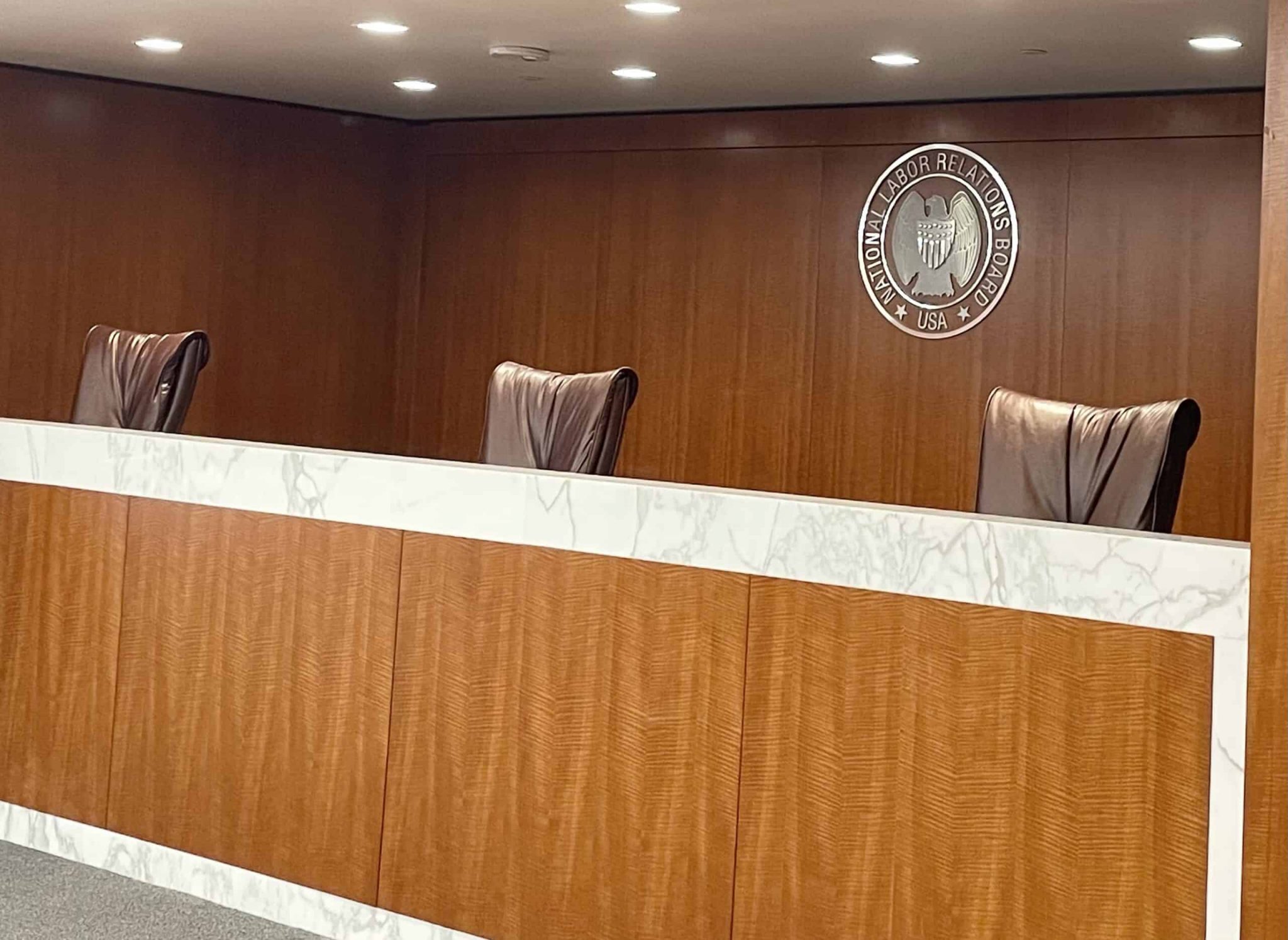
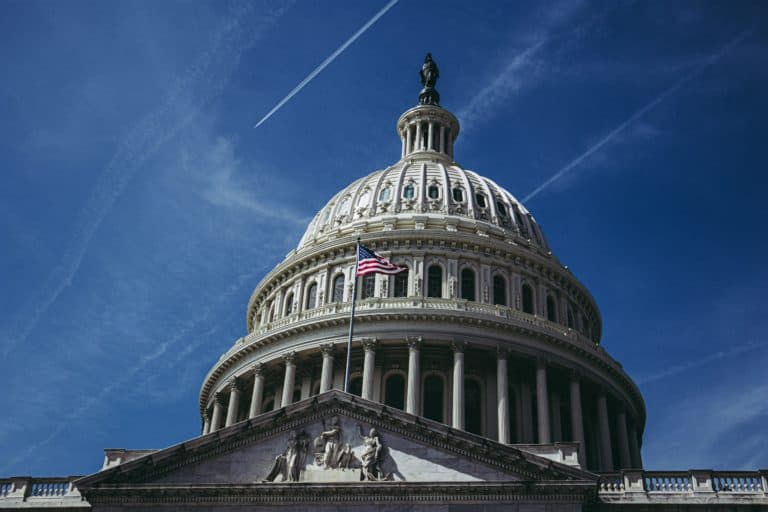

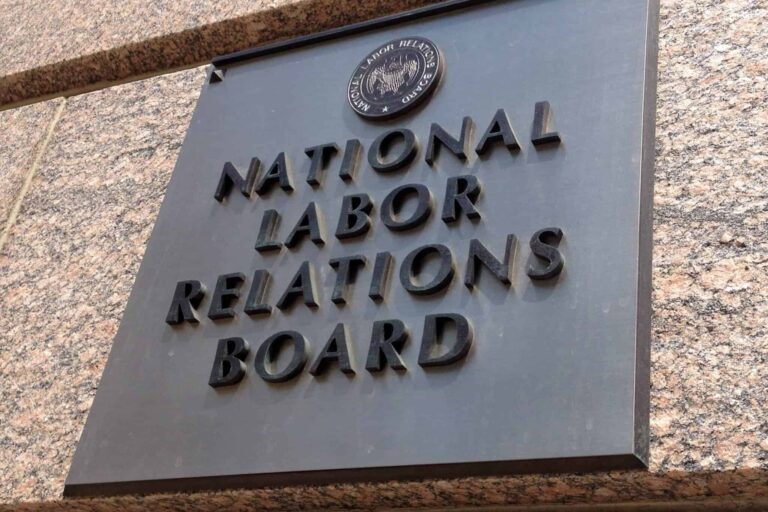


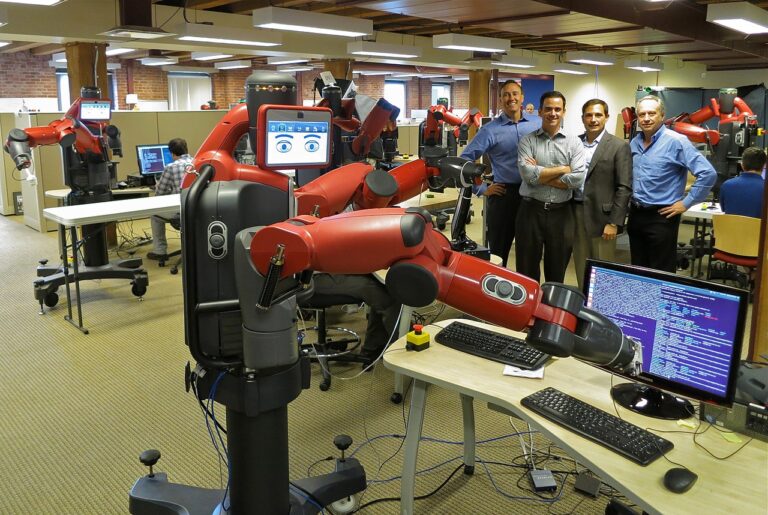
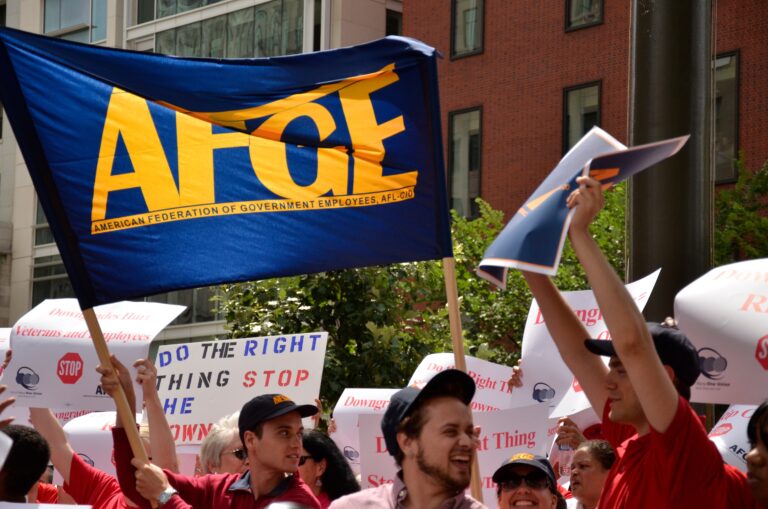
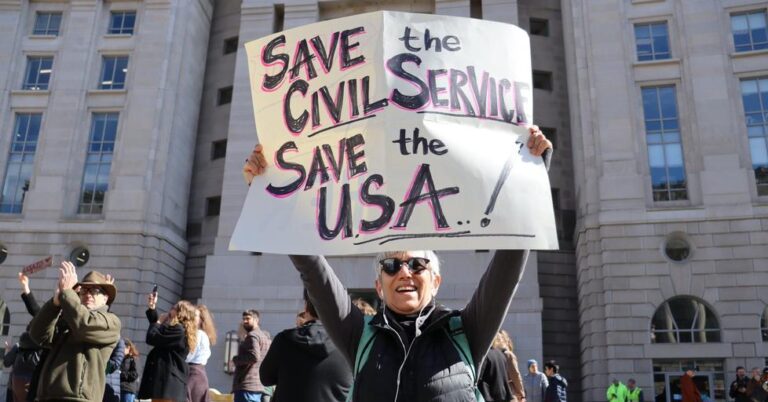
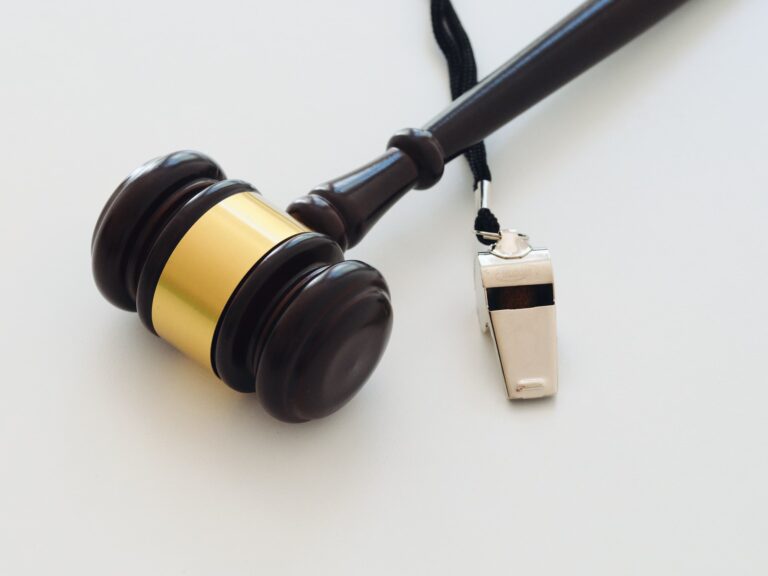
Daily News & Commentary
Start your day with our roundup of the latest labor developments. See all
December 8
Private payrolls fall; NYC Council overrides mayoral veto on pay data; workers sue Starbucks.
December 7
Philadelphia transit workers indicate that a strike is imminent; a federal judge temporarily blocks State Department layoffs; and Virginia lawmakers consider legislation to repeal the state’s “right to work” law.
December 5
Netflix set to acquire Warner Bros., Gen Z men are the most pro-union generation in history, and lawmakers introduce the “No Robot Bosses Act.”
December 4
Unionized journalists win arbitration concerning AI, Starbucks challenges two NLRB rulings in the Fifth Circuit, and Philadelphia transit workers resume contract negotiations.
December 3
The Trump administration seeks to appeal a federal judge’s order that protects the CBAs of employees within the federal workforce; the U.S. Department of Labor launches an initiative to investigate violations of the H-1B visa program; and a union files a petition to form a bargaining unit for employees at the Met.
December 2
Fourth Circuit rejects broad reading of NLRA’s managerial exception; OPM cancels reduced tuition program for federal employees; Starbucks will pay $39 million for violating New York City’s Fair Workweek law; Mamdani and Sanders join striking baristas outside a Brooklyn Starbucks.